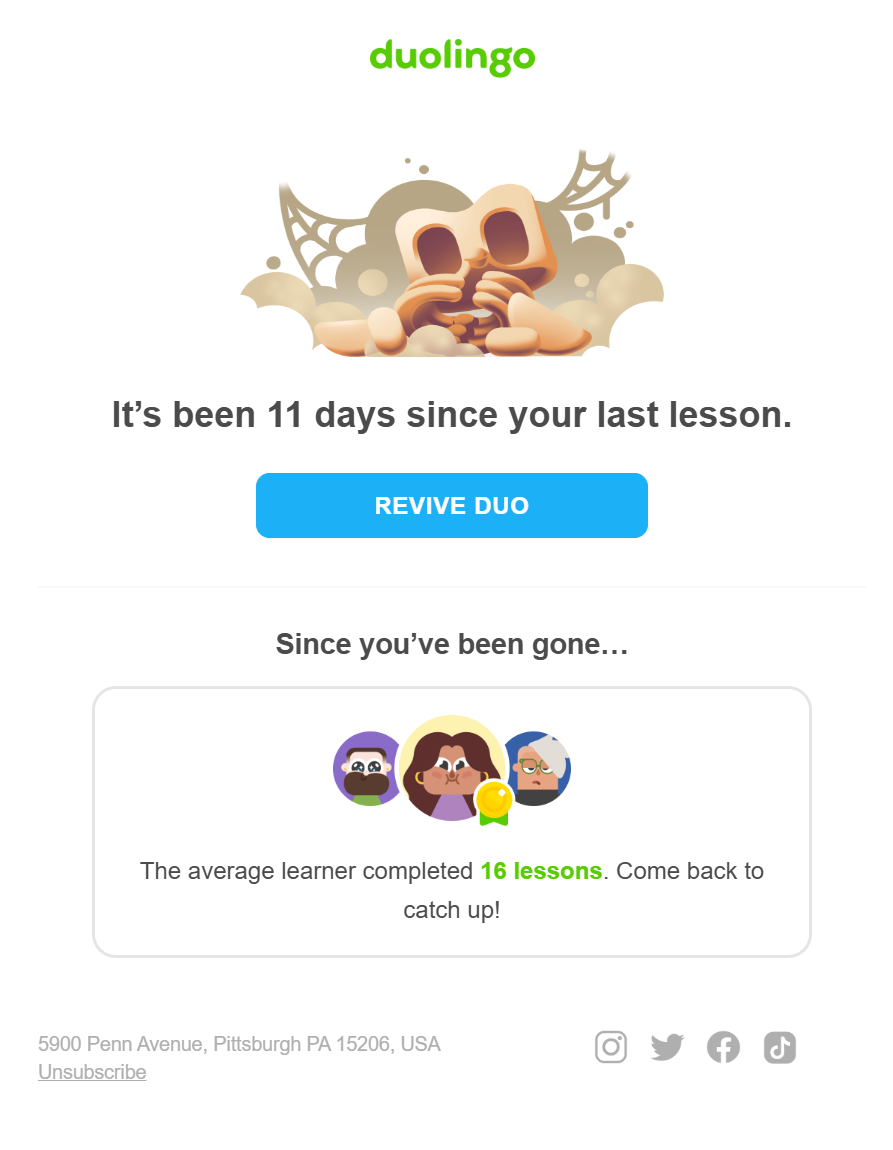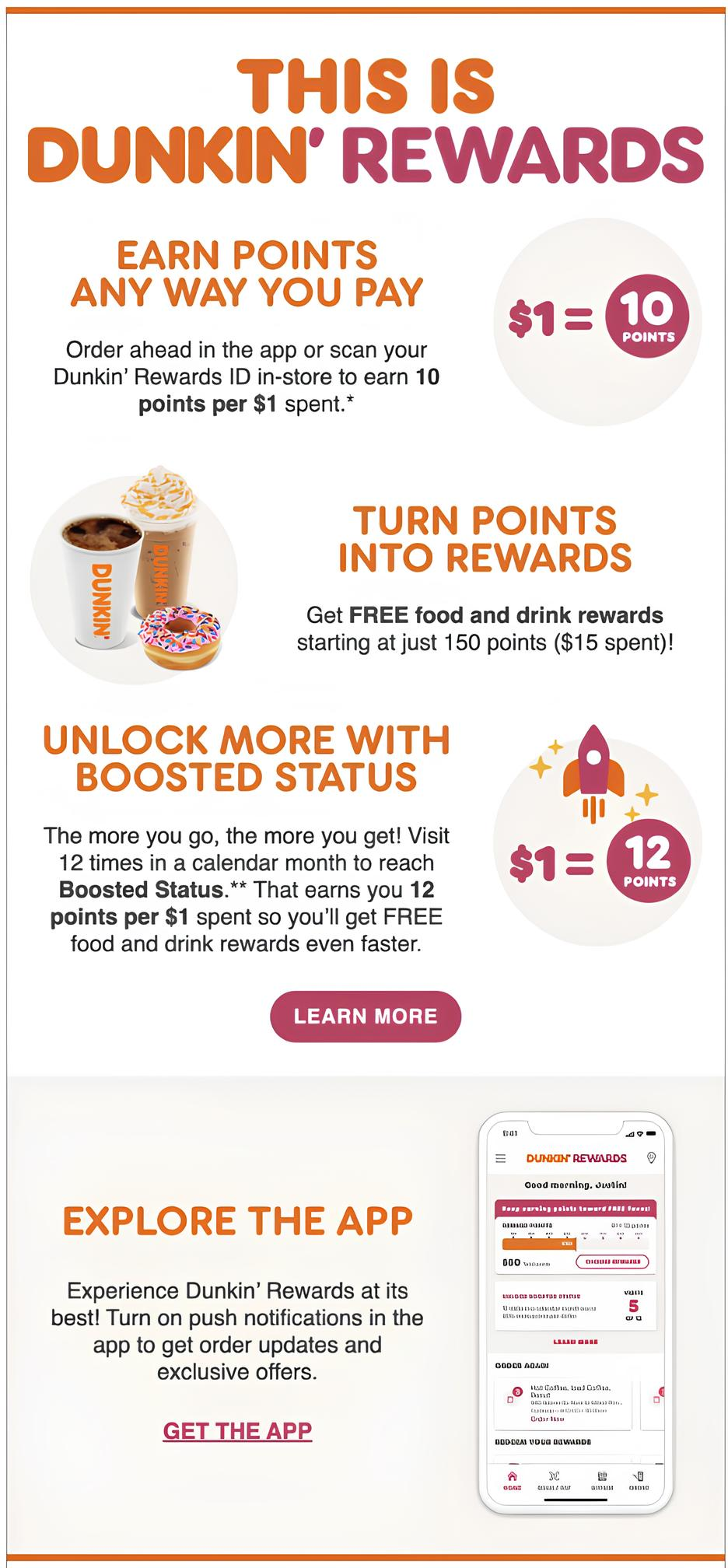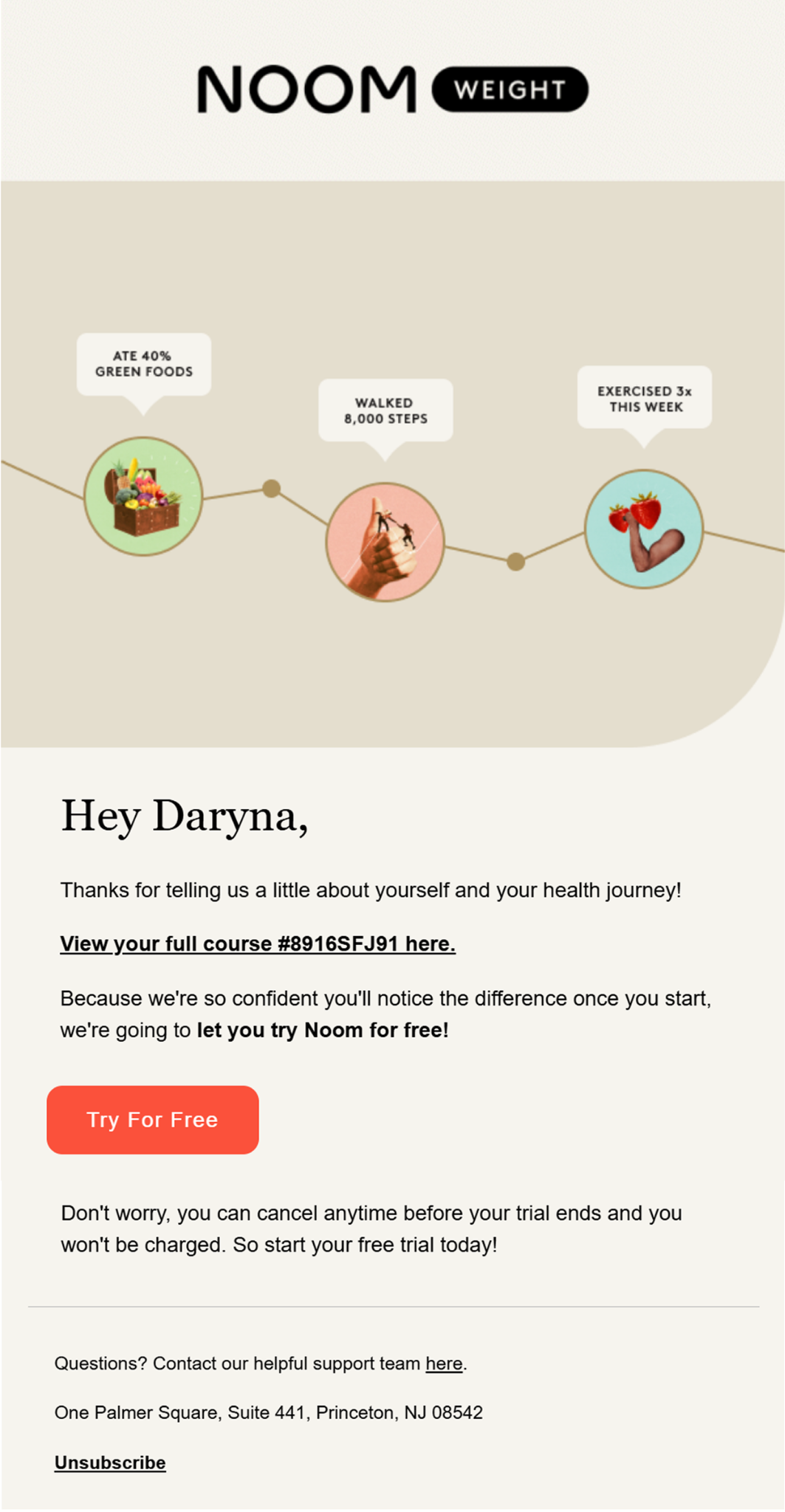Lifecycle Marketing

Expert Writer
September 24, 2025

Expert Writer
September 24, 2025
Lifecycle marketing meets people where they are in their relationship with your brand. Instead of blasting a one-size-fits-all offer, it gives each person a nudge that makes the next step feel obvious. The point is to connect all those scattered touchpoints and turn them into one clear, sensible story.
Think of lifecycle marketing as a practical way to plan, run, and measure communication across the entire customer lifecycle. It recognizes that awareness, evaluation, purchase, onboarding, and long-term loyalty are different moments — and they shouldn’t sound the same. When your message fits the moment, more people keep moving, customer lifetime value (LTV) is protected, and trust grows. At its core, it’s an ongoing conversation, not a one-time push.
Begin by mapping the buyer’s journey, then match each milestone with a targeted campaign. Lean on first-party data — behavioral events, orders, support history — and zero-party data, like stated preferences, to decide who should hear what, when, and on which channel. Real triggers — an abandoned subscription, a plan change, a new support ticket — can start coordinated, cross-channel experiences.
This is the opposite of one-size-fits-all. The system adapts as people move. Every touchpoint has a job — educate, compare, convert, activate, or retain — and the order of those touches matters more than any single message. Over time, you adjust cadence and content based on engagement, purchase frequency, and feedback so it feels personal rather than pushy. In short, each message is context-aware, the journey builds on itself, and the program keeps learning.
The big payoffs of customer lifecycle marketing are clarity, efficiency, and happier customers.
Give newcomers a clear setup path and help existing customers right when they need it. Strong onboarding, practical tips, and timely check-ins cut churn and increase repeat purchases. Better retention steadies revenue and makes forecasting less stressful.
Thoughtful personalization — grounded in real behavior — turns routine messages into small wins. A reminder that lands at the right moment, a quick how-to before a support ticket appears, or a loyalty reward that truly feels earned: these moments build trust and, over time, genuine advocacy.
Acquiring new users is expensive. Retention marketing that focuses on existing customers improves margins by increasing order value and frequency, decreasing the need for constant top-of-funnel spend, and lowering the cost of user acquisition.
Done well, it also uncovers expansion opportunities that compound customer lifetime value.
A lifecycle map becomes the standard marketing, sales, and customer service playbook. Everyone can see the stage, the best action, and the KPI proving progress.
There’s no single template, but most teams use a familiar set of phases — the lifecycle marketing stages you’ll see in many programs.
Understanding the lifecycle marketing stages gives teams a shared map for decisions and measurement.
The goal is to earn attention and establish relevance.
Use educational content that answers real search intent, social proof that reduces uncertainty, and clear calls to action toward a low-friction first step — newsletter signup, trial start, or demo request.
In this phase, lifecycle marketing aims for a micro-conversion that opens a permissioned channel.
The goal is to convert curiosity into active interest.
Welcome series and product tours introduce value quickly while respectfully capturing preference data. Then, they route people into sensible lead nurturing tracks.
If someone interacts with a feature or category, lifecycle marketing tunes subsequent messages to match those interests.
The goal is to remove friction at checkout, clarify pricing, shipping, and returns, restore confidence with reminder emails or push notifications when subscriptions are abandoned, and provide reassurance around security. Here, the program focuses every touch on getting the order across the line.
The goal is to make the first value obvious and repeatable.
Provide setup checklists, short videos, and context-aware tips tailored to the user persona and plan.
When questions arise, offer in-app help and fast access to support.
Lifecycle marketing at this stage cuts time-to-value and reduces the risk of early dissatisfaction.
The goal is to deepen the relationship and invite participation.
Celebrate meaningful milestones, design loyalty programs with rewards that matter, and make referrals effortless. If usage dips, use a gentle re-engagement path that points people back to the outcomes they care about.
Lifecycle marketing sustains momentum by recognizing progress, not just pushing discounts.
Start by sketching the customer journey from first touch to advocacy.
For each phase, outline the desired action and the common questions.
Layer on user segmentation: demographics, plan type, industry, and behavioral signals. This groundwork prevents random marketing acts and gives lifecycle marketing a clear spine to operate against.
Inventory your first-party data: web analytics, product events, orders, and support conversations.
Add zero-party data via short preference forms and a profile center so people can tell you what they want. Respect consent and regional regulations.
Centralize signals in customer lifecycle management so orchestration is reliable.
Give each message a single job — educate, compare, convert, activate, or retain — and write to that job.
Swap generic feature lists for problem-solution stories.
Keep voice consistent and empathetic across channels. Lifecycle marketing thrives when content meets customer needs without fluff.
Email handles depth; push and SMS handle urgency; in-app guides handle context. Coordinate them as an omnichannel marketing system so touches feel cohesive. If someone completes the task, suppress redundant reminders elsewhere.
Cross-channel harmony is a hallmark of mature programs.
Adopt marketing automation to trigger communications from meaningful events: first visit, trial started, feature adopted, renewal due, or inactivity.
Build throttling rules, quiet hours, and frequency caps to protect attention. These guardrails ensure the experience feels like a helpful concierge, not a spam cannon.
Choose KPIs for lead-to-signup rate, activation rate, conversion rate, repeat purchase, retention, NPS, and visualize them by segment.
Pair numbers with qualitative feedback from surveys and support.
Run A/B tests to validate assumptions. Iterate in short cycles so the system gets sharper without waiting for a quarterly overhaul.
In practice, lifecycle marketing shows up as thoughtful sequences that respect timing and intent.
Three concise messages can do wonders. First, set expectations and showcase a quick win.
Second, offer a short tutorial with a checklist that leads to the “aha” moment.
Third, invite profile completion to capture preferences.
The journey branches into paths based on product usage and interests.

If activity drops for 30 days, start with a check-in to discover the reasons. Follow with helpful content and only then consider an incentive if value alone doesn’t reignite interest. The plan should be escalated carefully to avoid training people to wait for discounts.

After an order, send care instructions and how-to guides.
A week later, share complementary recommendations based on browsing and purchase history.
Thoughtful post-purchase flows reduce returns and improve the customer experience.

Celebrate meaningful milestones such as the fifth order or anniversary.
Offer early access or bonus points that align with genuine preferences.
Use signals like purchase frequency and average order value to tailor rewards that feel personal.

When a trial expires or a subscription lapses, summarize what the customer achieved and what they could unlock next.
Remove friction with a one-click reactivation path.
Focus the message on outcomes, not just features or discounts.
Teams practicing customer lifecycle marketing converge on a few habits that keep programs effective without becoming intrusive.
Create shared definitions for each stage and document hand-offs.
Give frontline teams visibility into the messages customers receive so advice stays consistent.
When everyone responds to the same journey map, the program operates as one system instead of isolated campaigns.
Reference the last action taken, plan type, or expressed preference.
Avoid over-collecting data you won’t use.
The goal is to help, not hover. Purposeful personalization keeps customer engagement high and preserves trust.

Coordinate timing and frequency across channels — email, push, SMS, web, and in-app. Use frequency caps and channel priorities. It becomes persuasive when it feels orchestrated rather than noisy.
Track core KPIs — conversion, retention, and order value — and zoom in by segment to spot uneven experiences. Continuous improvement is this discipline's quiet superpower.
Before we wrap up, remember that effective programs look different in every company; customer lifecycle marketing provides the standard lens.
Customer expectations keep rising, but so do your tools. When you map the journey, honor consent, and design with empathy, lifecycle marketing turns scattered touchpoints into a connected experience that grows with your audience.
In short, lifecycle marketing rewards teams that listen, learn, and iterate. Start with one stage, automate the essentials, listen to feedback, and expand.

